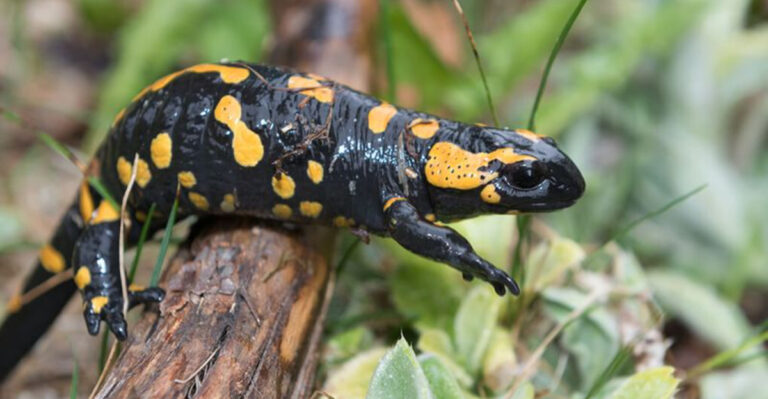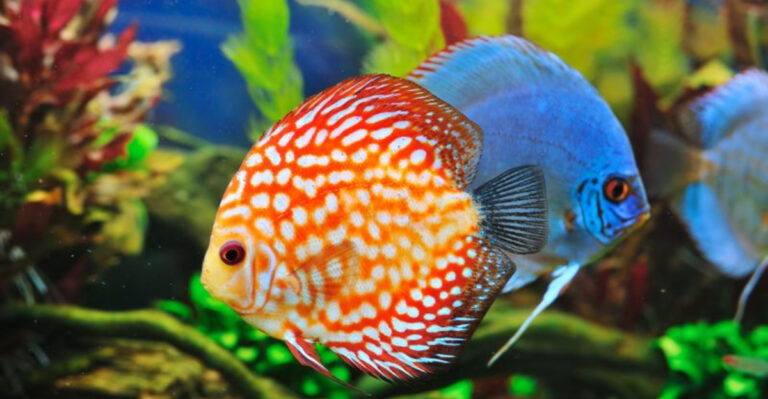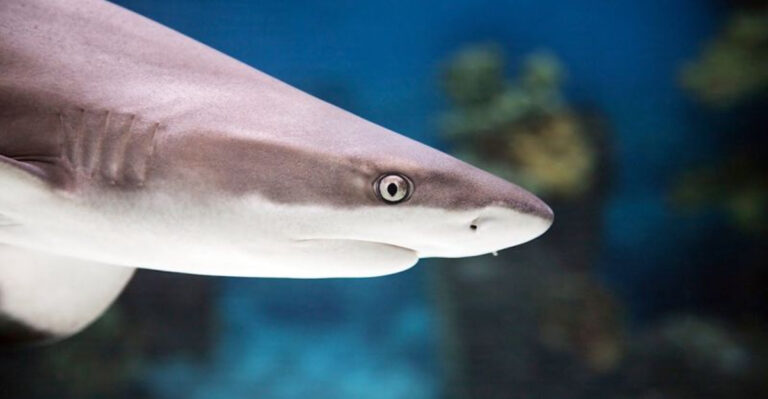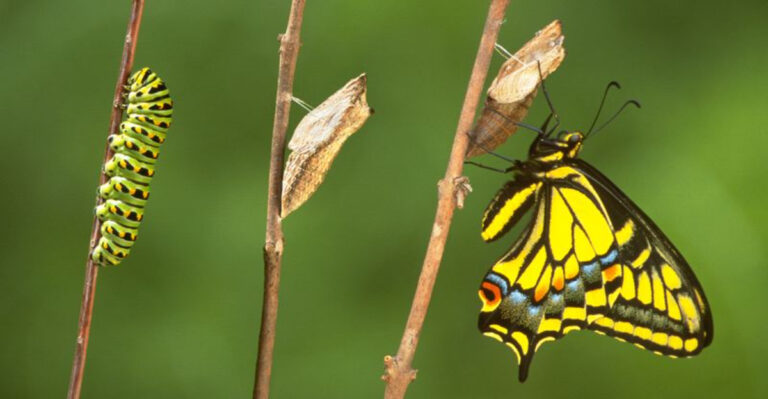10 Surprising Creatures That Beat The Odds And Defied Extinction

The natural world is full of surprises, especially when it comes to creatures that have stood the test of time. These remarkable animals have managed to survive against the odds, defying extinction and continuing to fascinate scientists and nature enthusiasts alike.
From remote islands to hidden forests, these creatures have adapted and persevered, showcasing the resilience of life on Earth.
1. Chacoan Peccary
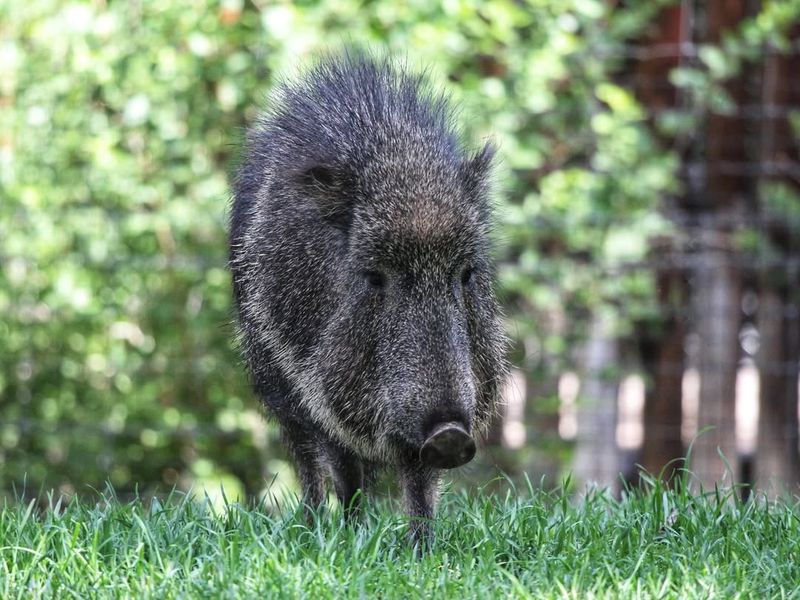
The Chacoan Peccary was once thought to be extinct until its rediscovery in the 1970s. Residing in the Gran Chaco, a vast thorn forest region in South America, this peculiar creature has adapted to survive in a challenging environment. Its bristly coat and long snout help it forage for food amidst the arid landscape.
Despite habitat loss and hunting pressures, the Chacoan Peccary has persisted, thanks to conservation efforts that focus on protecting its natural habitat.
2. Somali Elephant Shrew
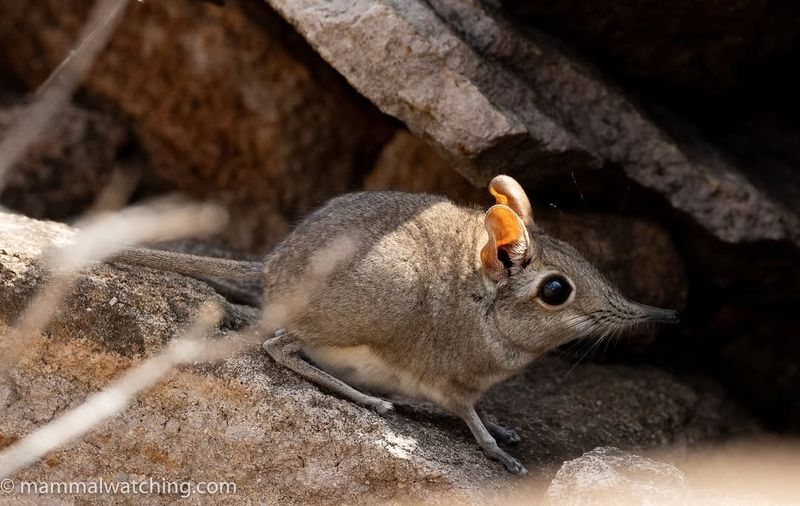
The Somali Elephant Shrew, thought to be lost to science, was rediscovered in 2020. This small mammal, native to the dry landscapes of Somalia, is recognized for its long, trunk-like nose and swift movements. Its elusive nature makes it a rare sight, blending seamlessly into its surroundings to evade predators.
These creatures have puzzled researchers with their unique characteristics and survival tactics. Conservationists are now striving to protect their fragile habitats, ensuring these extraordinary animals continue to thrive.
3. New Guinea Singing Dog

The New Guinea Singing Dog is known for its unique vocalizations that resemble melodic singing. Once thought extinct in the wild, a small population was rediscovered in the remote highlands of Papua New Guinea. These dogs are fascinating for their intelligence and adaptability to rugged terrains.
Their ability to survive in isolation highlights the resilience of this ancient breed. Conservation efforts are aimed at studying and preserving their genetic diversity.
4. Gooty Sapphire Tarantula
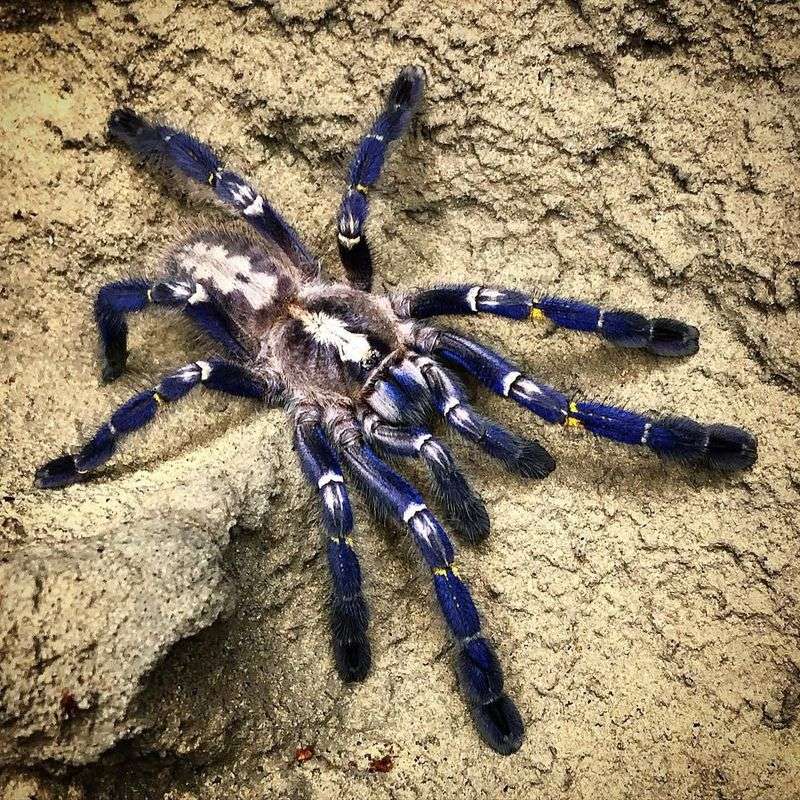
The Gooty Sapphire Tarantula captivates with its stunning metallic blue coloration. Native to the forests of India, this arachnid was once presumed extinct due to habitat destruction. It was rediscovered in the late 20th century, sparking interest among arachnologists and collectors alike.
Despite its small population, this tarantula has managed to survive through both natural and human-created challenges. Efforts to conserve its forest habitat are critical to its continued existence.
5. Vaquita
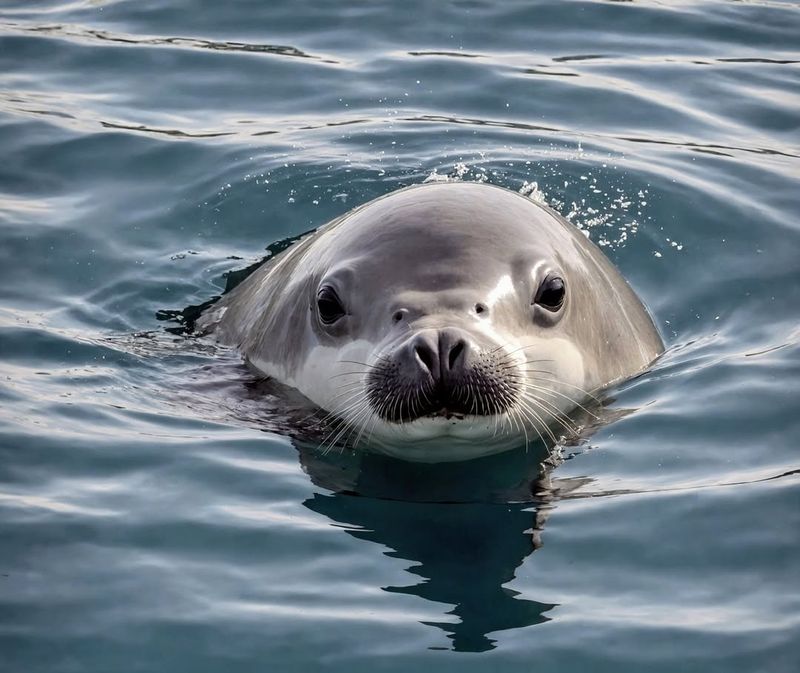
The Vaquita, the world’s smallest and most endangered cetacean, resides in the Gulf of California. With fewer than 20 individuals remaining, this porpoise faces imminent extinction due to illegal fishing practices.
Characterized by its round face and dark eye patches, the Vaquita is a symbol of urgent conservation needs.
6. Javan Rhino
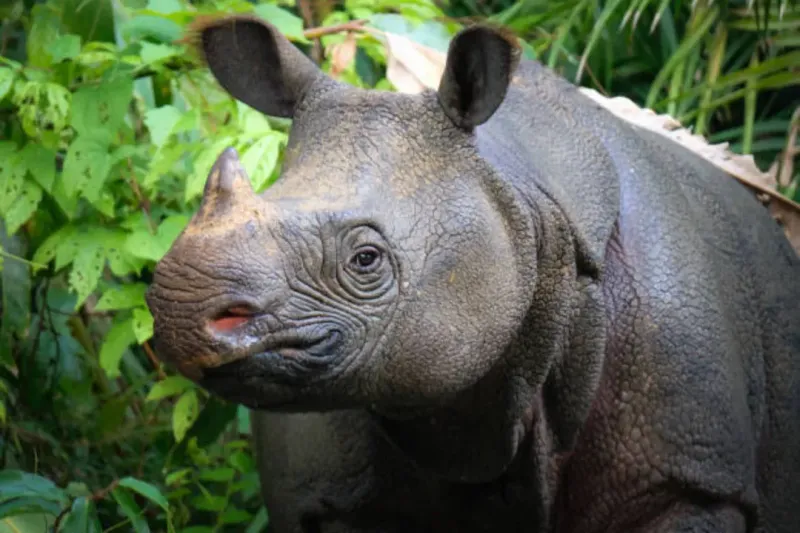
The Javan Rhino, one of the rarest large mammals, finds refuge in Ujung Kulon National Park, Indonesia. With fewer than 80 individuals in the wild, this rhino is critically endangered. Its solitary nature and preference for dense jungle make sightings rare, adding to its mysterious allure.
Conservationists are dedicated to safeguarding its habitat from threats like poaching and habitat loss.
7. Fernandina Island Galapagos Tortoise
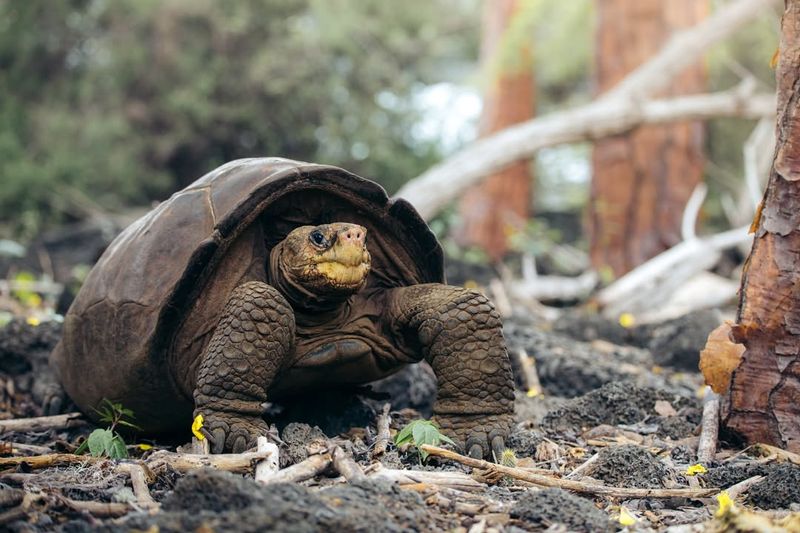
Once thought extinct, the Fernandina Island Galapagos Tortoise was rediscovered in 2019. This remarkable tortoise inhabits one of the most isolated islands in the Galapagos, living amidst volcanic landscapes. Its discovery was a pivotal moment for conservationists, reigniting hopes for the species’ recovery.
The tortoise’s ability to survive harsh conditions for decades highlights nature’s resilience. Conservation efforts are now focused on studying its habitat and ensuring its survival.
8. Coelacanth
The Coelacanth, a prehistoric fish thought extinct for millions of years, was rediscovered off the coast of South Africa in 1938.
This deep-sea dweller, with its limb-like fins, provides a glimpse into the distant past. Its survival through eons is a marvel of evolutionary biology.
Coelacanths occupy deep underwater caves, making them elusive and challenging to study.
9. Takahē
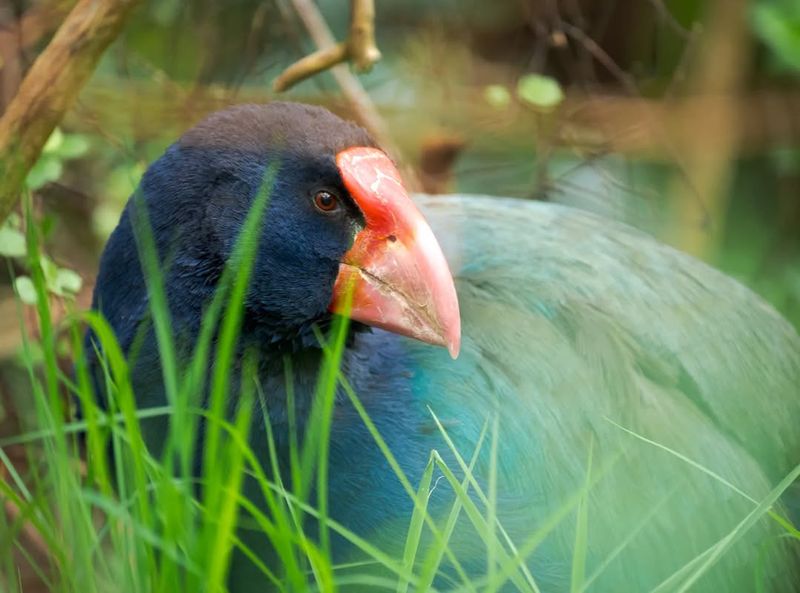
The Takahē, a flightless bird native to New Zealand, was presumed extinct until its rediscovery in 1948. This colorful bird, with its vibrant plumage and stout body, inhabits alpine meadows where it feeds on grasses. Its rediscovery was a milestone in conservation history, prompting efforts to protect its population.
Conservation programs have focused on habitat restoration and breeding, leading to a slow recovery of its numbers.
10. Pygmy Tarsier
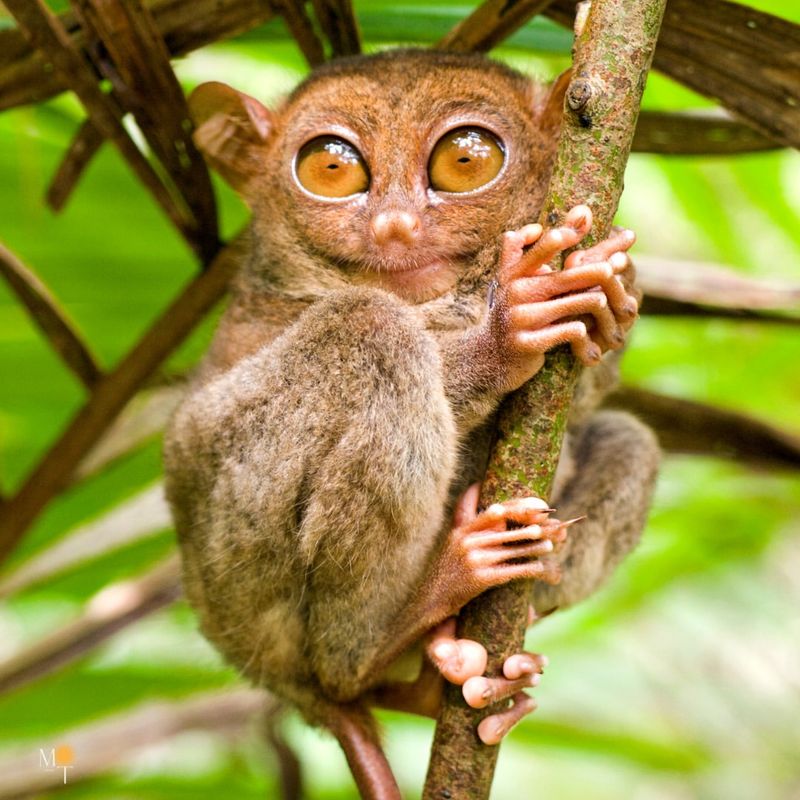
The Pygmy Tarsier, a diminutive primate native to the forests of Sulawesi, was believed extinct until a sighting in 2008. With its enormous eyes and tiny frame, this nocturnal creature captures the imagination. It dwells high in the canopy, leaping between trees with agility.
Efforts to study and protect the Pygmy Tarsier are vital for understanding its ecological role. Its rediscovery underscores the importance of preserving unexplored habitats.

